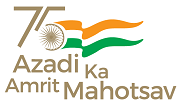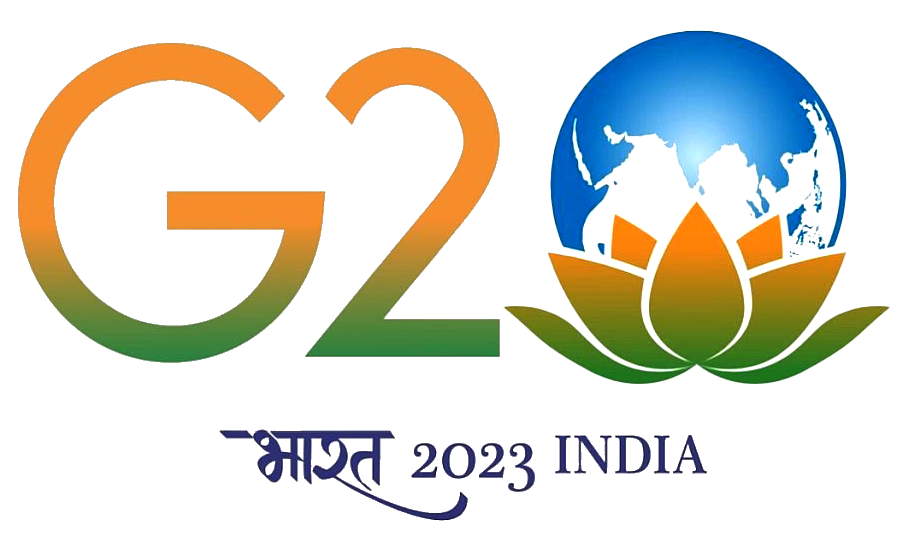
आय सी एम आर - राष्ट्रीय प्रतिरक्षा रुधिर विज्ञान संस्थान
ICMR-National Institute of Immunohaematology


 |
आय सी एम आर - राष्ट्रीय प्रतिरक्षा रुधिर विज्ञान संस्थान ICMR-National Institute of Immunohaematology |
 |
 |
| History |
|
Indian Council of Medical Research The Indian Council of Medical Research is the apex body in India for the formulation, coordination and promotion of biomedical research, is one of the oldest and largest medical research bodies in the world. The ICMR is funded by the Government of India through the Ministry of Health and Family Welfare. In 1911, the Government of India set up the Indian Research Fund Association (IRFA) with the specific objective of sponsoring and coordinating medical research in the country. After independence, it was redesignated the Indian Council of Medical Research (ICMR) in 1949, with considerably expanded scope of functions. The Governing Body of the Council is presided over by the Union Health Minister. The Council's research priorities coincide with National health priorities such as control and management of communicable diseases, fertility control, maternal and child health, control of nutritional disorders, developing alternative strategies for health care delivery, containment within safety limits of environmental and occupational health problems; research on major non-communicable diseases like cancer, cardiovascular diseases, blindness, diabetes and other metabolic and haematological disorders; mental health research and drug research (including traditional remedies). Research is carried out currently through the Council's 32 Permanent Research Institutes/Centres which are mission-oriented national institutes located in different parts of India. The National Institute of Immunohaematology is one of the premiere research Institutes of the ICMR, located currently in the premises of the KEM hospital, Parel, Mumbai. Overview of the National Institute of Immunohaematology The present day Institute made its debut as the Blood group Reference Centre (BGRC) in 1957 as a result of active interest shown by ICMR. The functions entrusted to BGRC were few but of National importance
The centre was recognized by WHO as South East Asian Reference Centre in Blood Group Serology in 1970. Seeing the progress of BGRC in 25 years, ICMR decided to rechristen BGRC as “Institute of Immunohaematology” at the time of the Silver Jubilee Celebration of the Centre in 1982 to accommodate all the departments of the centre under one roof. The Institute could mobilize various International Collaborations like Indo-Russian collaboration to develop advanced techniques in blood banking and blood preservation, Indo German collaboration for the development of hybridoma technology to raise monoclonal antibodies and participated in Asia-Oceana international histocompatibility workshop. Five years after celebrating it’s silver jubilee, due to the untiring efforts of Dr.Bhatia, the Institute could get one floor in the newly constructed multi-storeyed building in the KEM Hospital Campus. Here, the Institute developed its own library, seminar hall, cold storage facility (-200C and 40C). The “Molecular Biology Era” started with an Indo-French collaboration project on “Molecular Genetics of …………hemoglobinopathies in India. Since then, international collaborations i.e Indo-US and Indo-INSERM covering molecular biology of other hematological disorders have been initiated. The Institute has collaborations with other Institutes in the country on various aspects. They include: group educational activities in the fields of Hepatitis, HLA, Immunological concepts in Haematology and multicentric projects on Thalassemia and Nutritional Anemia and ICMR Task Force on Thalassemia.
Vision
Mission
As a premiere institute of ICMR we strive to provide leadership in guiding the national policy and strategy for management of immuno-haematological disorders by
|
| Quick links Home Contact Committees PhD under AcSIR- ICMR -Faculty of Medical Research ICMR DHR MOHFW WHO UNICEF UNFPA |
How to Reach Us By Air : Nearest airport is Chhatrapati Shivaji Maharaj International Airport, Mumbai.. By Rail : Nearest railway stations to reach NIIH are Dadar/ Prabhadevi station (Western Railway), Parel (Central Railway) and Sewri (Harbour Railway).. By Road : Easily accessible through Western and Eastern express highway through Sion and Dadar routes.. |
Map  |
| 2022 © ICMR-National Institute of Immunohaematology, Parel, Mumbai | ||